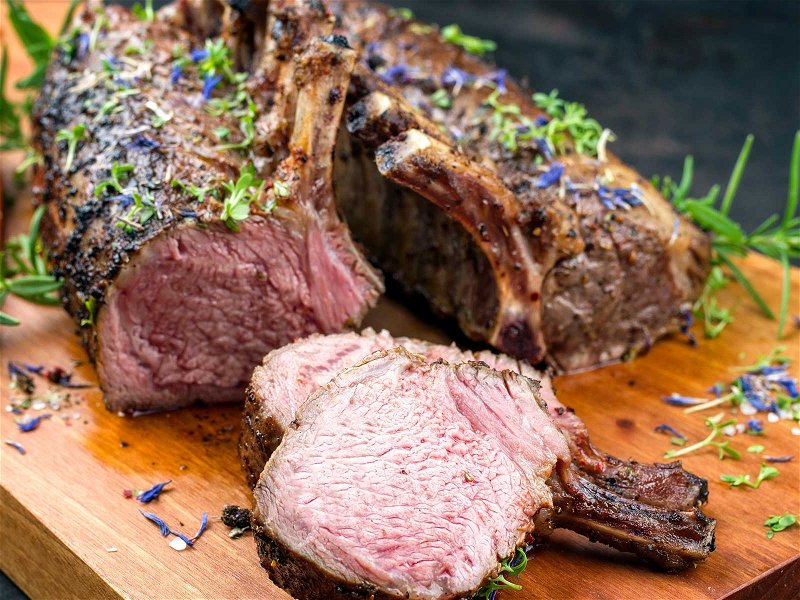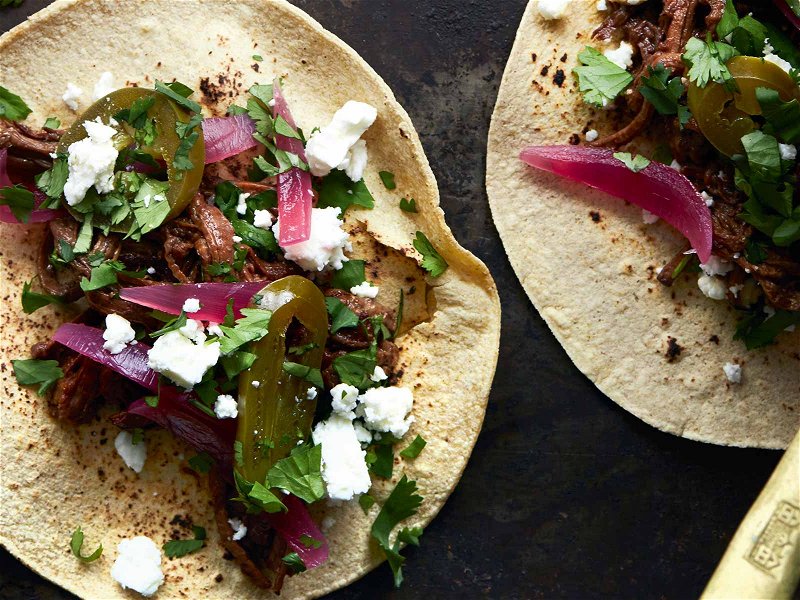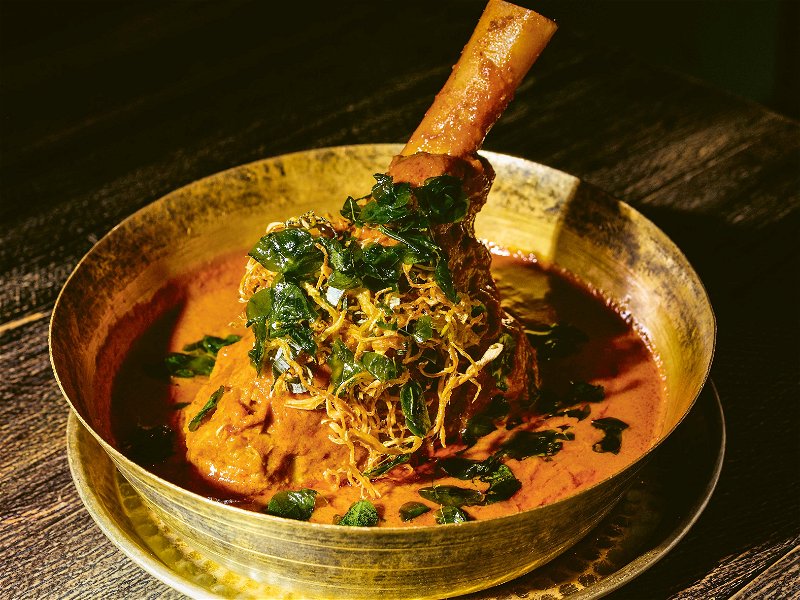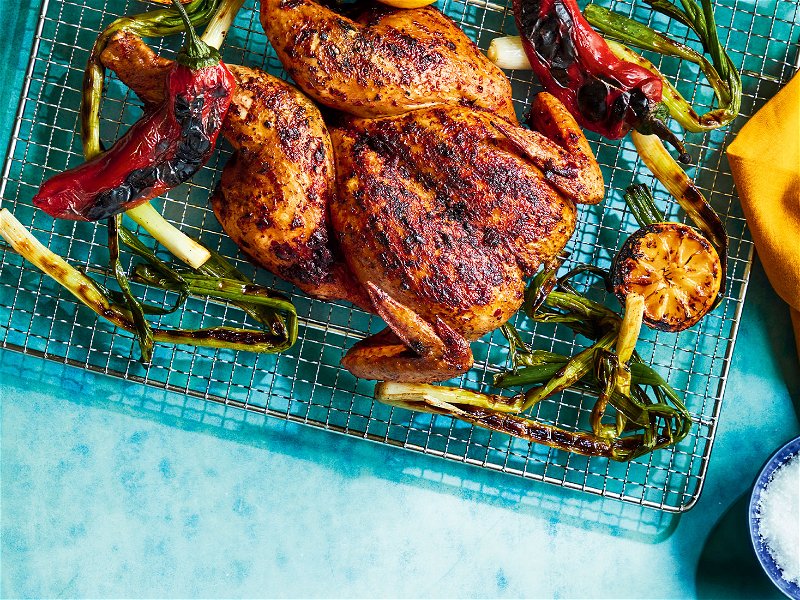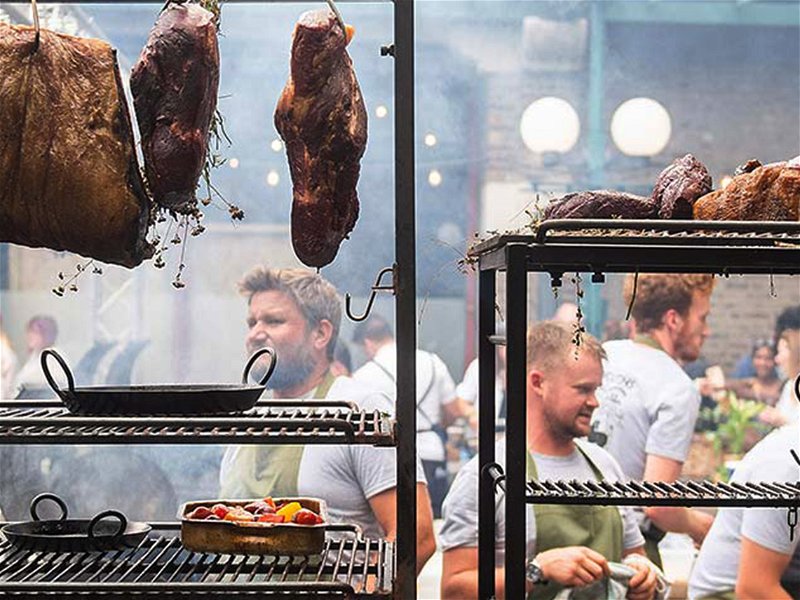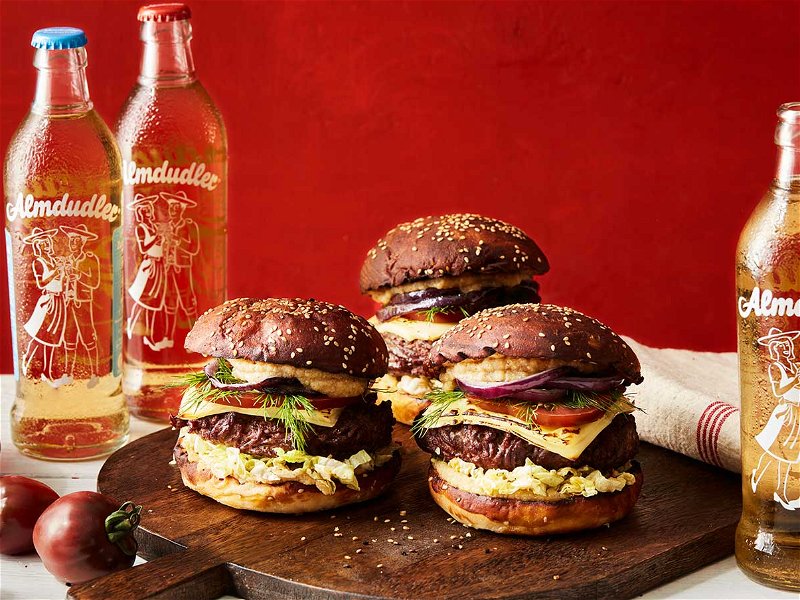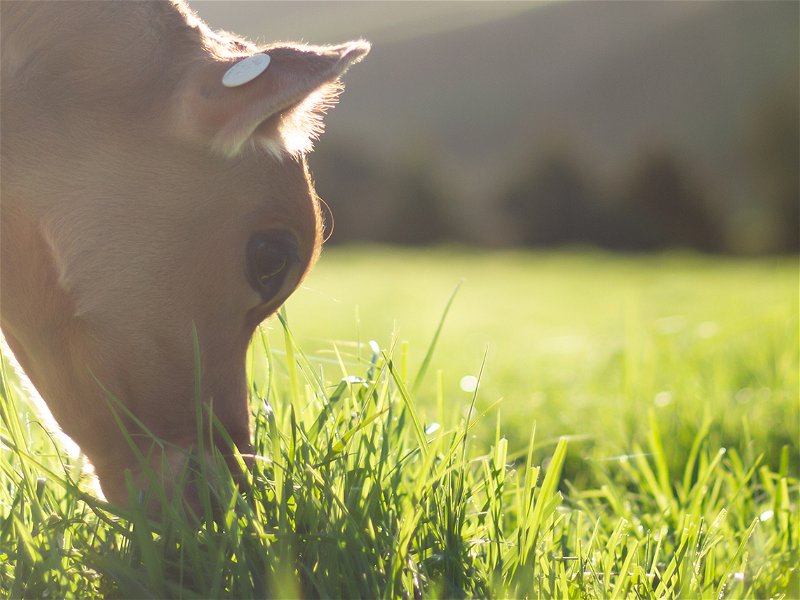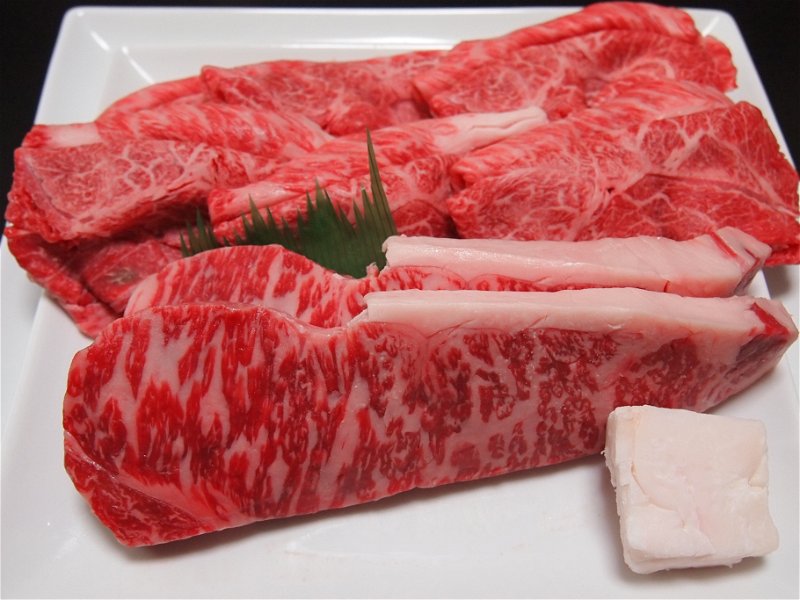Why Jamón Ibérico is the Champagne of Hams
The top tier of ham, Jamón Ibérico, is delicious and commands high prices. Here are five ways you can savour that melt-in-the-mouth taste.
The heavily marbled fat melts on the tongue and mingles with the complex, intensely nutty meat: Jamón Ibérico delivers a perfect mouthful of rich, luscious umami. To be called Ibérico, the ham must come from an Iberian pig – or at least 50% Ibérian by heritage.
Within that there are four colour-coded labels: black, red, green and white, in descending order of prestige. The differences are based on the pigs, the feed and the length of ageing. The black label, Jamón Ibérico de bellota, also known as pata negra, must be an exclusively acorn-fed pure Ibérico black breed. A red label indicates it comes from a breed that is at least 50% Iberian. It has a slightly punchier and saltier hit. The green or white labels are of lesser quality.
The acorns the pigs eat are important. They come from holm oaks (Quercus ilex), which dominate the dehesa, the grazing lands that cover huge swathes of western Spain, especially Extremadura, and Portugal. Each pig can eat up to 10kg of acorns per day and covers plenty of kilometres, building up that delicious fat and muscle, in search of food.
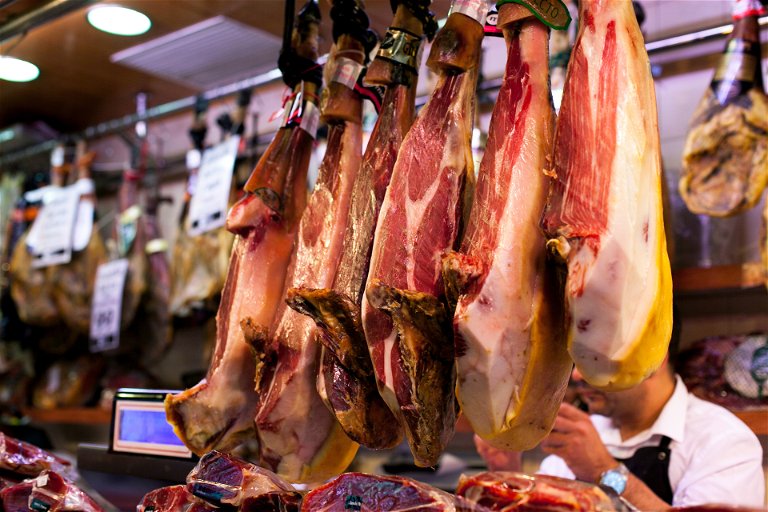
Carved straight off the bone
Purists say this is the only way to enjoy Ibérico bellota and there’s the added thrill of the theatricality and skill of the carver. A full carver apprenticeship lasts between three and five years.
The key is getting purchase on the fat with a broad puntilla knife. With a firm flick, the flesh should slip under the knife. Then, using a narrow, foot-long knife called a jamonero, follow the fibula horizontally. With the correct amount of pressure, the knife leads and you follow, each piece sliced flat until you hit the femur, at which point you turn the leg over and start down the back. Brindisa offers carving masterclasses in the UK.

Lomo
Lomo is a cured cut from the Iberian black pig’s tenderloin, just under the pig’s ribs. Lomo is not chopped and mixed with other ingredients, just lightly seasoned with paprika and sometimes marinated in salt, pepper, lemon, garlic, oregano and a little olive oil so that the succulent and delicate beauty of the meat can be appreciated.
Paleta
The shoulder (paleta) has more fat than the back leg, giving exceptional richness to the slightly sweet and intensely savoury and nutty ham which has a mesmerising, lingering aftertaste, intensified by the abundant acorn-rich fat.
Chorizo
Chorizo made from the meat of Iberico pigs is simply seasoned with salt, garlic and mild, smoked Pimenton de la Vera, creating a perfect balance between the smokiness of the spice and the rich flavours of the acorn-fed pork.
Presa
An oval-shaped cut, found between the shoulder and loin of Pata Negra pigs. A very tender and well-marbled meat, it can be prepared quickly and simply by roasting and then slicing. Serve slightly pink.
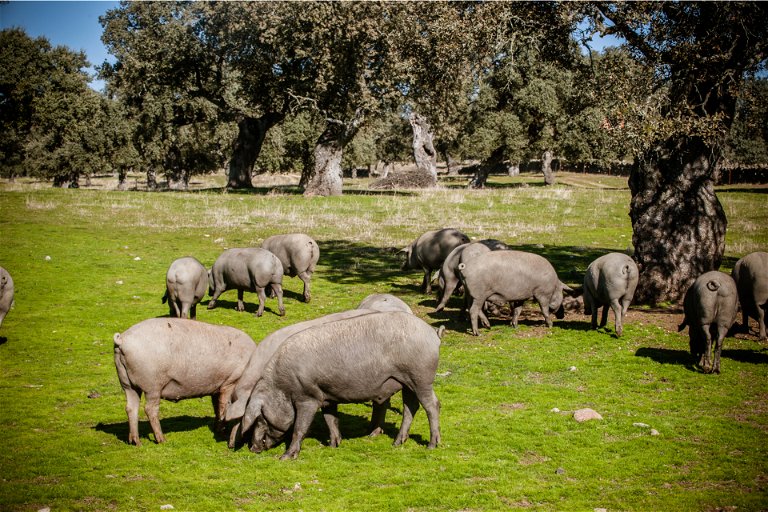
After slaughter in the spring, each leg is packed in salt for around nine days, then hung for several weeks until the flesh is well salted. Then it spends several months in Bikram-like heat, where it sweats until fat has permeated the muscle. Finally, the leg is aged for a minimum of two years but some age for up to 42 months.
Juan Pedro Domecq’s ham, from Jabugo in southwestern Spain is close to perfection and has won dozens of awards. It’s a rich, sweet, succulent, complex jamón, available through Iberica in the UK, which also runs tapas bars and restaurants.
The best way to appreciate Jamón Ibérico is at room temperature (or served on a warm plate), cut into very thin, almost translucent slices. Sliced too thickly, it can lose its subtlety, or worse still, too much skin can leave an acrid taste. It needs little embellishment, perhaps slices of very cold melon or serve with pan con tomate.


